Diagram of the industrial hydrogenation of vegetable fats. Hydrogenation partially saturates polyunsaturated vegetable fats and oils, making them more solid and more suited to use in margarines and other food products. Polyunsaturated fats (yellow) have numerous carbon-carbon double bonds, which the hydrogenation process breaks by adding hydrogen to them. The reaction requires the use of a metal catalyst (grey). The oil/catalyst slurry is pumped into the reaction chamber, where hydrogen gas (red) is bubbled through it at high temperature. The resulting hydrogenated fats have fewer double bonds, typically only one, producing monounsaturated fats. The excess hydrogen and catalyst are recycled through the chamber, and the hydrogenated fats are collected. One side effect of the hydrogenation is the production of unhealthy trans fats among the cis fats found in the natural oils. See clips K003/7108 and K003/7110 respectively for molecules of a typical cis and trans monounsaturated fat.
Details
WebID:
C00724977
Clip Type:
RM
Super High Res Size:
1920X1080
Duration:
00:01:00.000
Format:
QuickTime
Bit Rate:
25 fps
Available:
download
Comp:
200X112 (0.00 M)
Model Release:
NO
Property Release
No


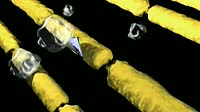

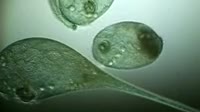
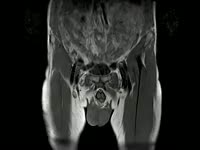
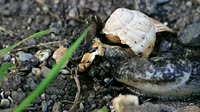

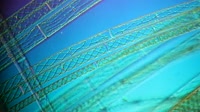
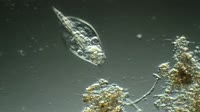

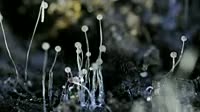

 Loading
Loading